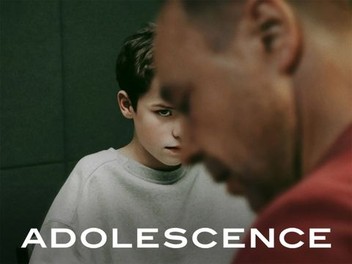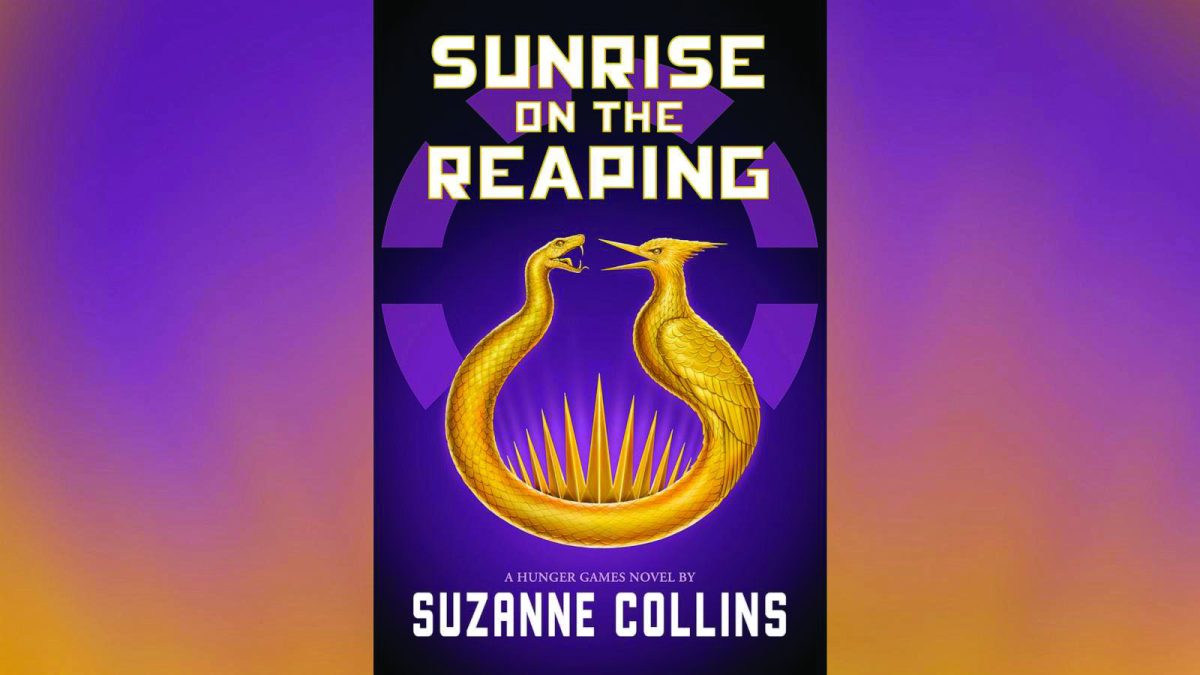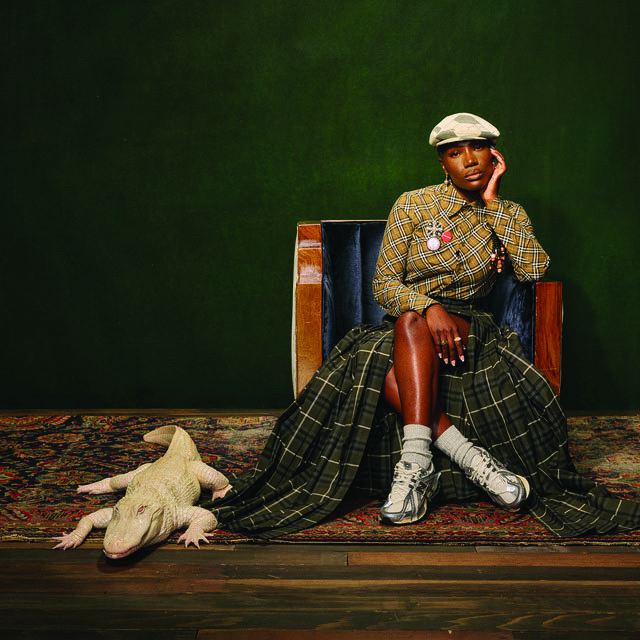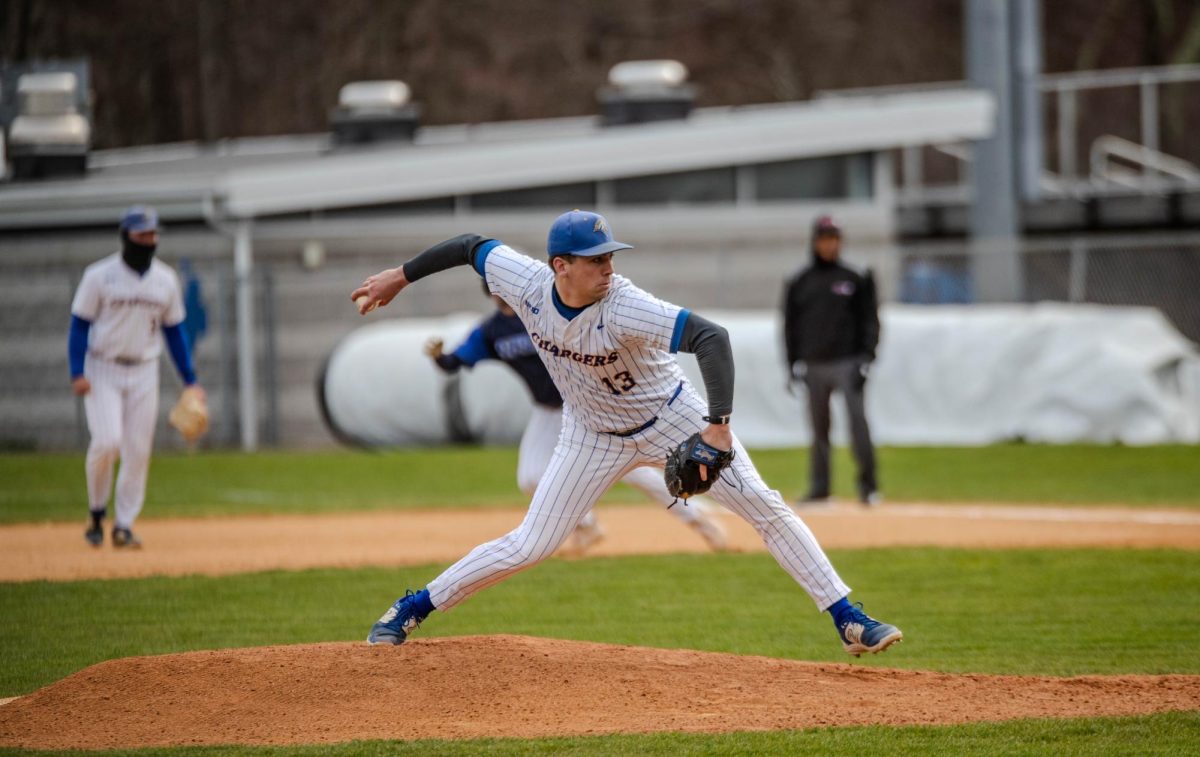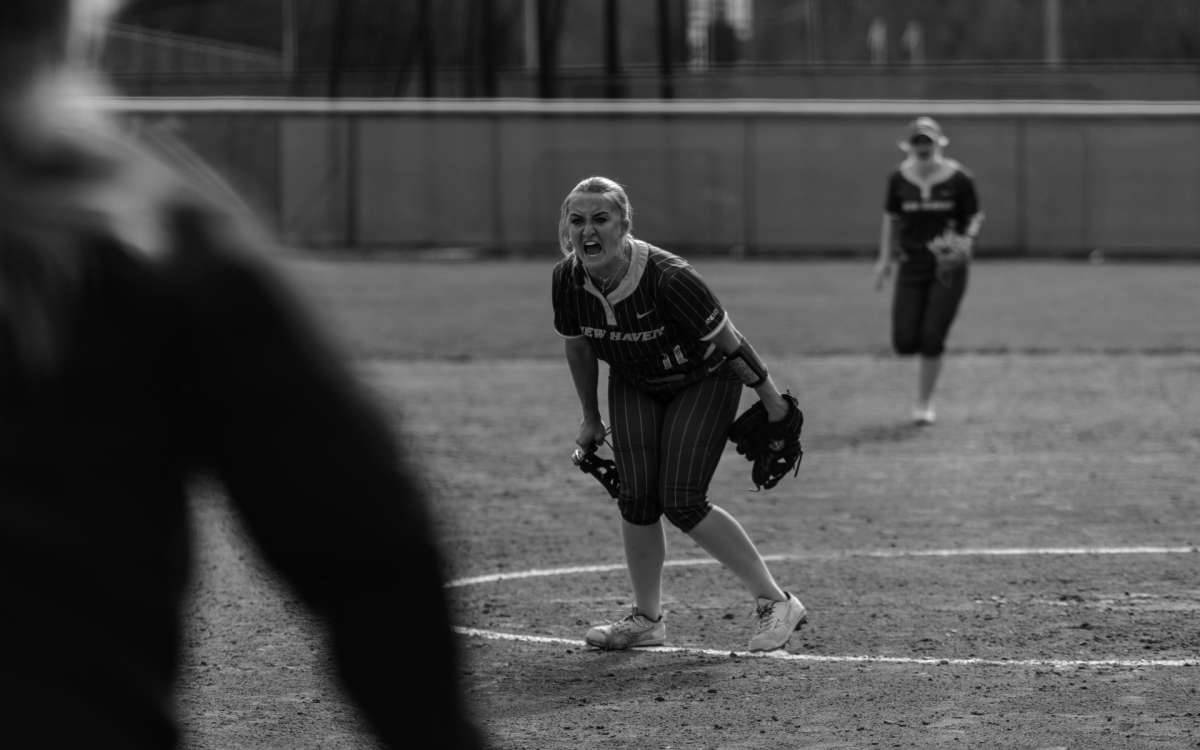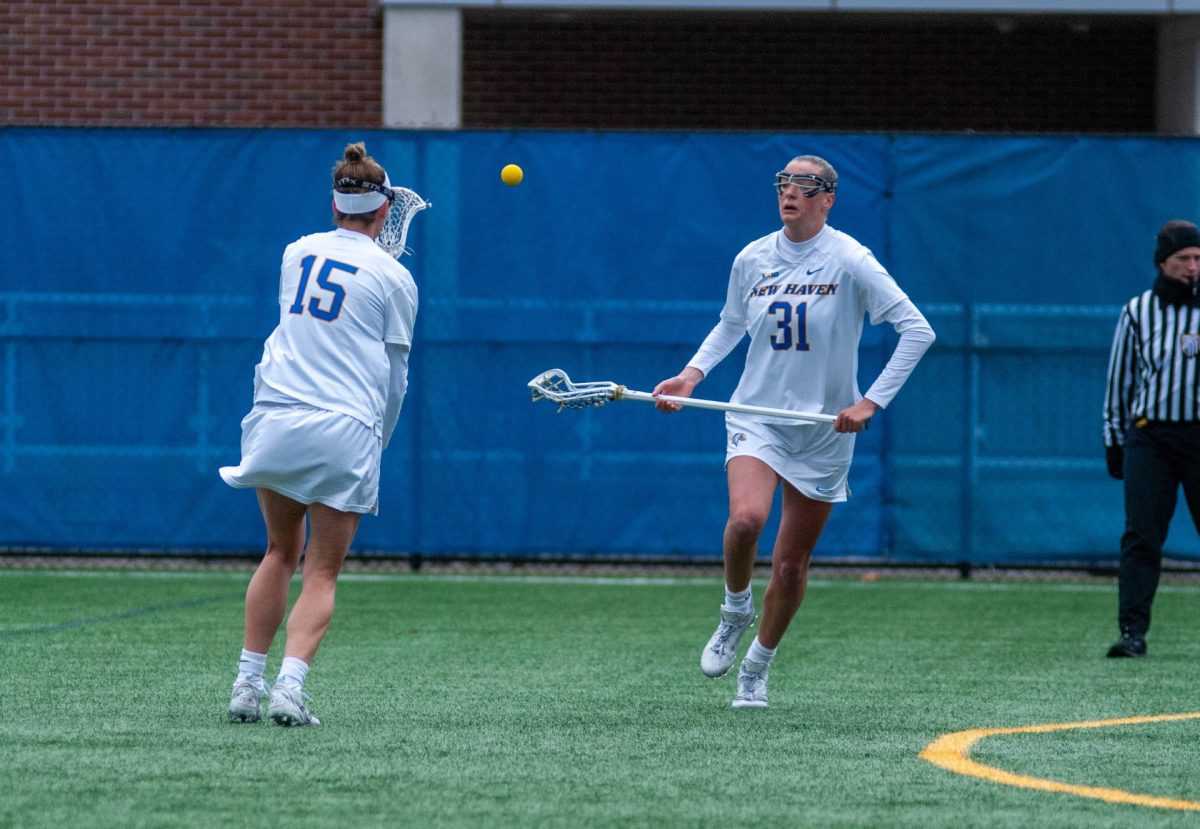Yale University Art Gallery will be showcasing the traveling exhibition, “David Goldblatt: No Ulterior Motive,” which honors seven decades of work from the South African photographer through June 22.
The new exhibition features roughly 150 works by Goldblatt including works by Ernest Cole, Santu Mofokeng, Jo Ractliffe, Lebohang Kganye and Zanele Muholi.
Since 1948, Goldblatt committed his career in photography to capture the realities of life in his country, from the lives of working-class people, to the country’s landscape and built environment. Notably, he captured scenes of life during the time of Apartheid, a system of institutionalized racial segregation that was enforced in South Africa from 1948 to 1994. Until his death in 2018, he continued his work documenting his country, including social and public health issues. The exhibit showcases his early black-and-white photography as well as his later large-format colored photography.
One of the first pieces that greets viewers is, “The dethroning of Cecil John Rhodes, after the throwing of human feces on the statue and the agreement of the university to the demands of students for its removal, University of Cape Town, 9 April 2015.” The carbon ink print is a photograph Goldblatt took during a student activist movement at the University of Cape Town, South Africa. While observing the crowd, Goldblatt captured the students gathering to witness the removal of a statue depicting British mining magnate, Cecil John Rhodes, whom they viewed as a “symbol of white supremacy.”
The exhibit also includes photographs that showcase the impact of asbestos mining in South Africa. One photograph titled, “Highly carcinogenic blue asbestos waste on the Owendale Asbestos Mine tailings dump, near Postmasburg, Northern Cape. The prevailing wind was in the direction of the mine officials’ houses at right. 21 December 2002,” shows a colored photo of powder-blue asbestos that “communicates Goldblatt’s outrage at the blatant greed and environmental racism of the mining industry.”
When asked about this series the artist said, “I became interested in blue asbestos when a friend of mine died of mesothelioma, the cancer that it causes. It’s a very pretty material, with a lovely blue color, but if a susceptible person inhales even a tiny piece of the fiber and it gets embedded in their lung, it can create this cancer that lies latent for anything from five to 50 years. Thousands of people in South Africa’s northern Cape have been affected by it.”
The exhibition also displays three key words on the walls alongside works that fit those themes: assembly, disbelief and extraction. Assembly was a theme he focused on during the time of segregation in the 1950s, where he chose to photograph “instances in everyday life that brought people together.” Disbelief referred to his images that “convey a sense of disbelief at the labyrinthine, endlessly rewritten laws intended to legitimize a morally bankrupt system of abuse and oppression,” from during the time of Apartheid to after its end. Extraction referenced his works that showcased a point in the beginning of his career, “looking at the extractive economy built by the colonial ventures to export South Africa’s natural resources.”
The museum is free and open to the public from 10 a.m.to 5 p.m. Tuesday through Friday, and from 11 a.m. to 5 p.m. Saturday and Sunday.



